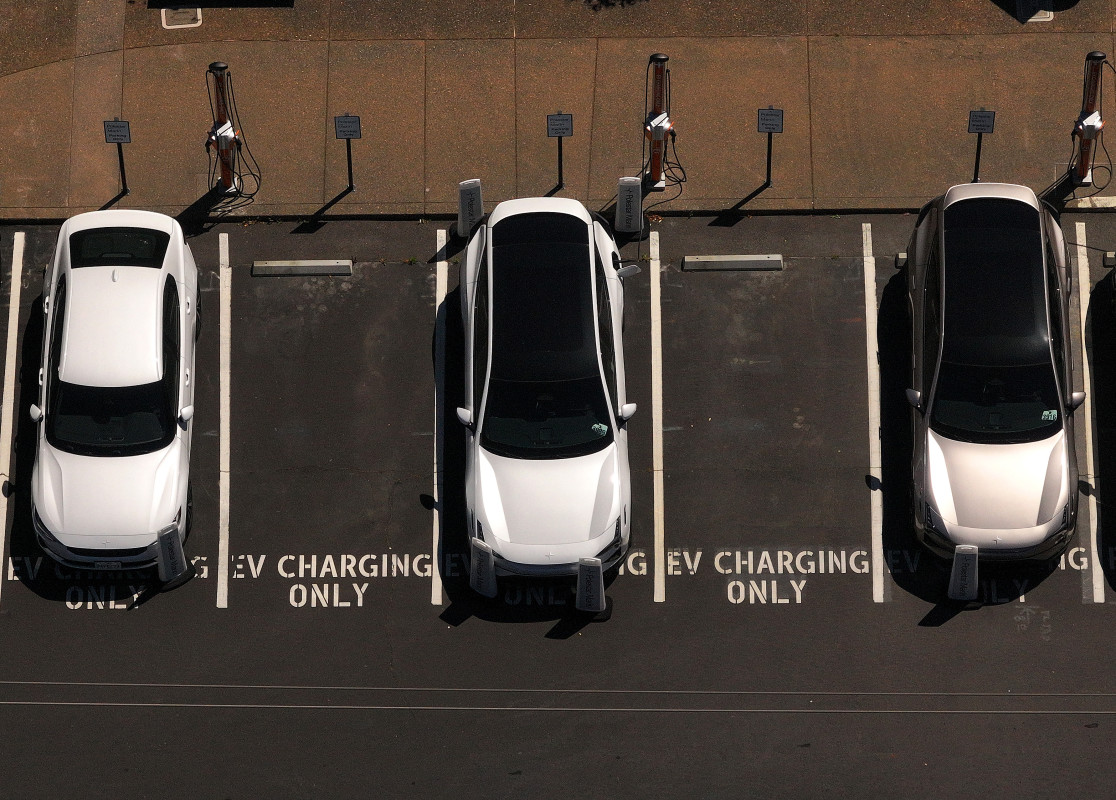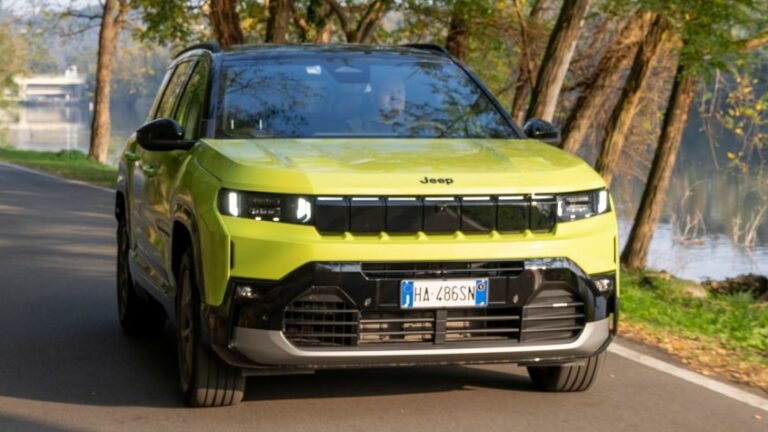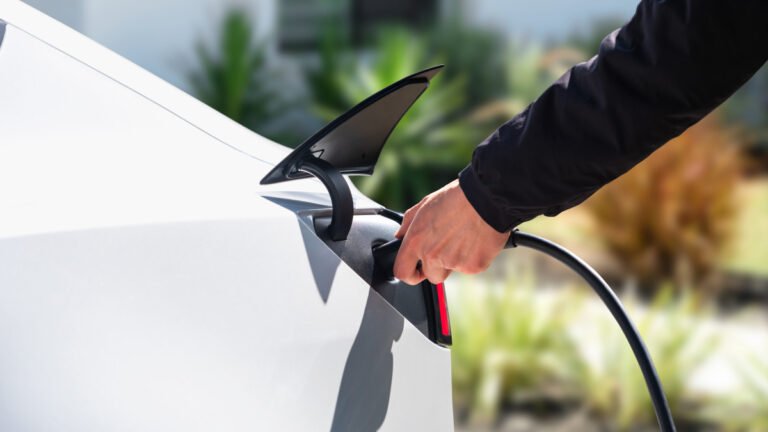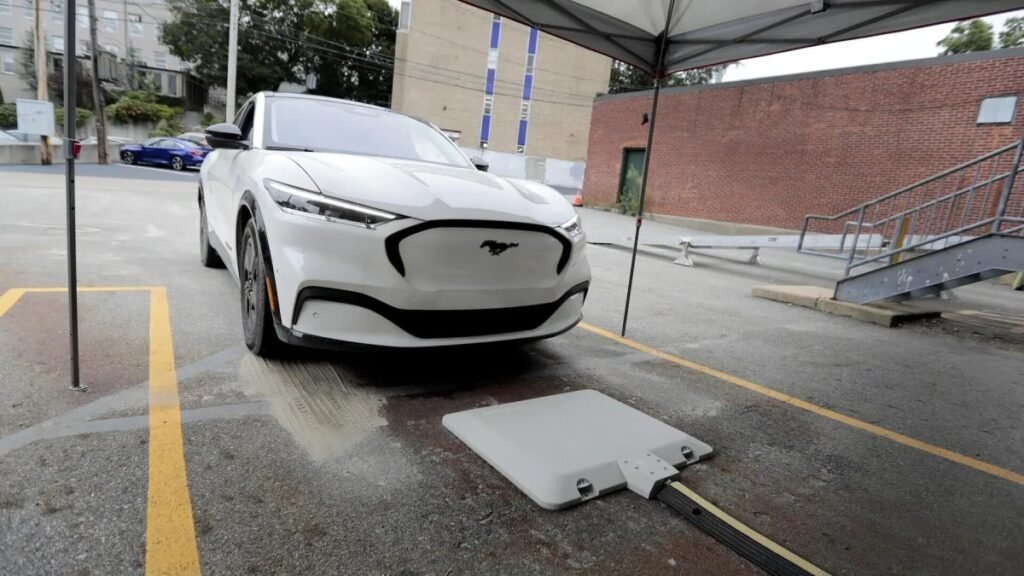
EVs Could Soon Juice Up Without Plugging In
Companies are pouring resources extensively into what is possibly the future of EV charging. Analysts and industry experts are keeping tabs and seem increasingly interested in the progress some of these bright minds have achieved. For example, researchers at Oak Ridge National Laboratory managed to wirelessly charge a Hyundai Kona Electric with 100 kW of power at 96% efficiency. This wireless arrangement added 50% charge in 20 minutes, with a 5-inch clearance between the charging pad and the car.
Shell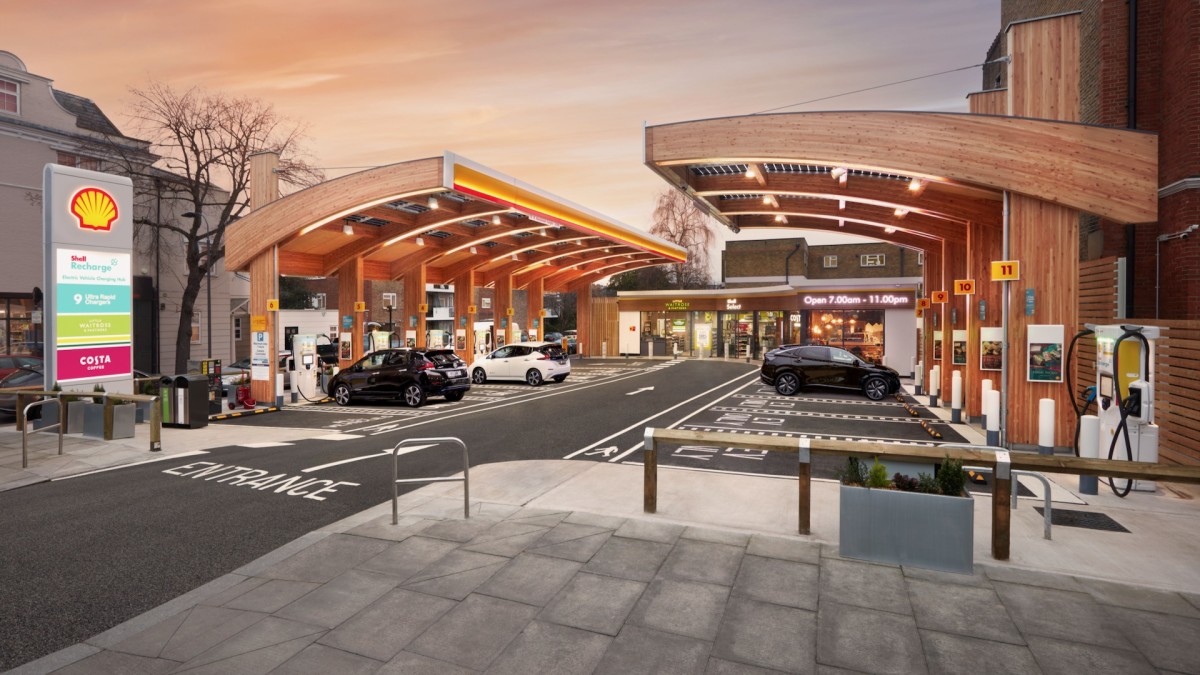
But that’s not all, in an earlier test, the team outdid themselves, achieving 97% efficiency while pushing 120 kW of power. Others have pulled off even mightier feats. Companies like WAVE and Momentum Dynamics are in the midst of developing systems with capacities of up to 500 kW for electric trucks and buses.
Interestingly, OEMs like Porsche, Toyota, BYD, and Mercedes are also in the mix. The 2026 Porsche Cayenne EV will be the brand’s first all-electric utilitarian to feature an 11 kW wireless charging system. As for Mercedes-Benz, Astute Analytica claims the German marque is busy testing wireless charging on its experimental vehicle, the ELF. Additionally, Mercedes is also in the works to launch its first bi-directional V2G (vehicle-to-grid) charging service across several European markets in 2026.
Wireless EV Charging: Challenges Remain, but the Future Looks Bright
It’s not all smooth sailing, though. Achieving such efficiency figures in a test/research environment is one thing, but to replicate that in the real-world is a different ball game. However, if there’s anyone out there who can get it to work, it’s probably them.
Standardization is another important aspect for wider and faster adoption. SAE International has addressed that with the J2954 standard, ensuring seamless power transfer across different vehicles and chargers. The standard also mentions an alignment tool—DIPS, short for Differential Inductive Positioning System—that helps automatically position EVs over the charging pad for optimal energy transfer.
Government support in the form of incentives, grants, and tax credits help absorb some of the barriers to entry. But perhaps the most important factor is the cost of installation. For instance, setting up a residential Level 2 wireless charger can cost up to $2,500, with hardware costs in the $300 to $1,200 range.
What we discussed so far is static charging. Something more far-fetched or sci-fi-like is dynamic charging, where your EV charges as you drive along the road. The inductive charging bits are embedded into the road itself, eliminating range anxiety for good. Mind you, it’s not just a pipe dream. In late 2023, thanks to the company Electreon, a quarter-mile stretch in Detroit wirelessly charged a Ford E-Transit while driving at 9 mph. We are truly living in an age of wonder.
